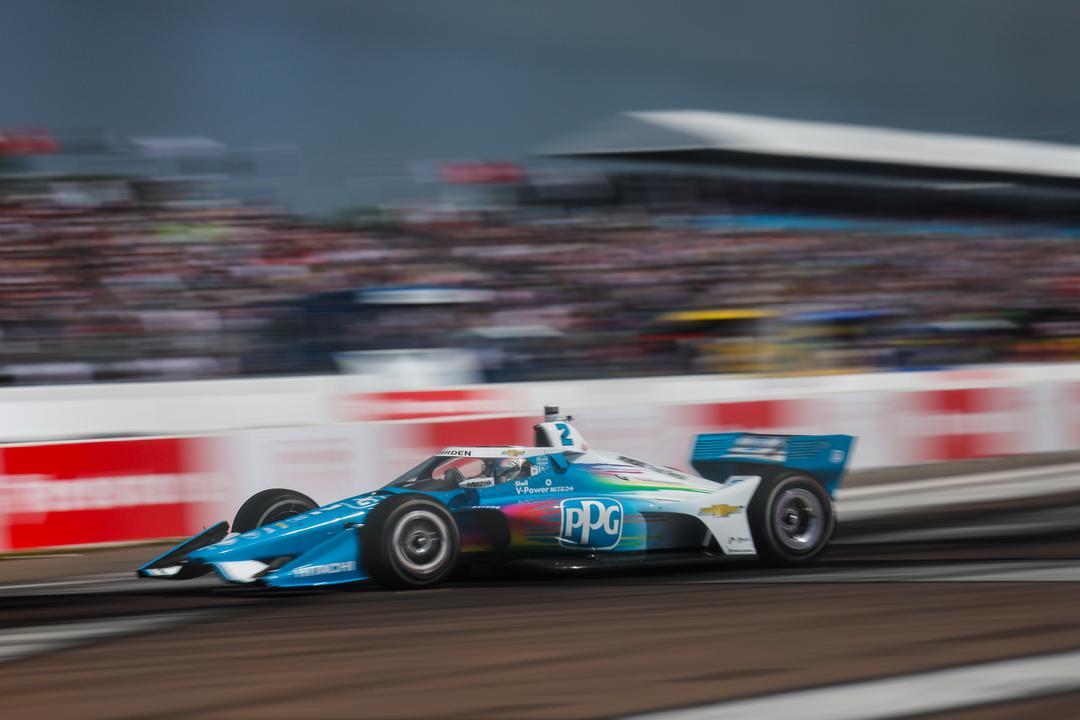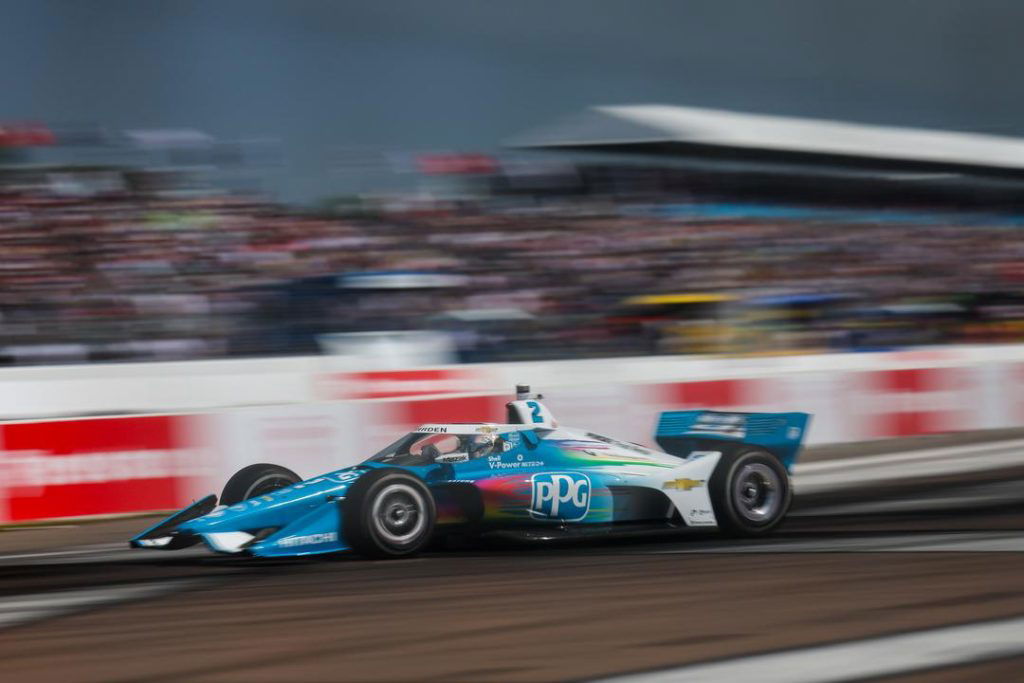

Josef Newgarden and Scott McLaughlin, who finished first and third respectively in Race 1 of the season at St Petersburg, were disqualified after their push-to-pass system was discovered to be noncompliant and they were found to have used it during restart laps.
Team-mate Will Power lost 10 series points, although only two in net terms since he was elevated to second place as a result of the Car #2 and #3 disqualifications, because his #12 car was also noncompliant but he did not press the button on a start or restart.
The potential for damage to IndyCar is obvious, not just because of the integrity of the competition broadly, but because of the potential for a conflict of interest given the common ownership of the series and the team in question.
So, what do you think?
To say that Penske, Newgarden, and McLaughlin cheated would be an act of supposition.
Cheating requires intent and, unless one knows the specifics of the circumstances around the hacking of the central logger unit code, and/or was present for any planning which might have occurred to exploit the hack, such a conclusion could not be reached with 100 percent confidence.
We will let you draw your own conclusions but the mood seemed to be one of scepticism among rival teams and drivers.
Driver turned television commentator James Hinchcliffe was surgical in his assessment on NBC Sports’ Barber Motorsports Park race telecast.
“You are either willing to believe a small group of individuals on the 2 car were the only individuals in the Penske organisation, within IndyCar, within the motorsports community as a whole, that believed there was a fundamental rule change, and they operated under that belief for six weeks, without discussion or debate,” he noted.
“Simultaneously, a line of illegal code ended up in one of the electronics boxes on the car, that allowed the car to operate outside the regulations, and within the realm of the perceived rule change that these guys lived under.
“In isolation, either of those things seems highly improbable. Together, simultaneously, it’s nearly impossible to believe that’s a coincidence.
“But, you can believe it.
“Or, you don’t think that we’re getting the whole story, and there’s more to this than meets the eye.”
It did not help the ‘case for the defence’ when McLaughlin emphatically stated that he was under no Newgarden-like misapprehension about a rule change.
“We’re pretty transparent, but there’s obviously some things that weren’t said on that side and… I know that there wasn’t a rule change,” he said.
Worth noting also is that Car #2’s strategist is none other than Team Penske President Tim Cindric, who neglected to alert his other drivers/strategists to the rule change as Newgarden understood it, if we are to believe that account.
An even more notable omission was Cindric’s apparent failure to mention the misunderstanding in at least two media interviews he gave prior to Newgarden’s press conference, when the rule change explanation was ventilated for the first time.
In said press conference, Newgarden acknowledged, “The story that I know, which is the truth, is almost too convenient to be believable.”
In any case, IndyCar’s judgement was black-and-white – the cars were illegal, and two of the three drivers used push-to-pass at an illegal time – and intent formed no part of the determination of rule breaches.
So, let us assume for the purpose of the exercise that you do indeed think Newgarden’s/Penske’s explanations are indeed “too convenient to be believable.”
Does that damage IndyCar?
The finish to last year’s Indianapolis 500 aroused conspiracy theories given how race control created a single-lap sprint to the chequered flag in which Marcus Ericsson was a sitting duck for the eventual winner, none other than Team Penske’s own Josef Newgarden.
In the push-to-pass case, IndyCar whacked two of the three Penske entries with the maximum permissible penalty – disqualification – for the type of breach established (Rule 9.2.2 Race Procedure Penalties).
One would thus find it difficult to argue there was any favouritism to the boss in this episode, unless the view is taken that Car #12 should also have been disqualified for a technical breach.
“I think the series demonstrated it had the integrity,” opined Brown.
“The series,” there, is a reference to IndyCar officials, but what about IndyCar competitors?
The integrity of the competition is questionable if teams are willing and able to cheat or, as Penske maintains it had done, inadvertently break the rules.
On the other hand, IndyCar experienced a huge injection of publicity.
Driver/podcaster Conor Daly posted on X, “You know what I absolutely cannot wait to do this weekend? Watch the IndyCar race.
“Emotion. Anger. Are there people with pitch forks and torches out front of one team’s paddock area?! It sounds like it!
“There will be drivers looking to redeem themselves. I’m excited.”
You know what I absolutely cannot wait to do this weekend? Watch the @IndyCar race. Emotion. Anger. Are there people with pitch forks and torches out front of one team’s paddock area?! It sounds like it! There will be drivers looking to redeem themselves. I’m excited 👀 #Indycar
— Conor Daly (@ConorDaly22) April 26, 2024
Formula 1 is quite popular nowadays, so it must have survived ‘Crashgate’.
In NASCAR, cheating is arguably part of the culture – Team Penske driver Joey Logano was fined for wearing illegal gloves a fortnight before the aforementioned St Petersburg IndyCar race took place – and its following is greater than that of IndyCar in at least their home market.
In IndyCar, Supercars, MotoGP, and the like, we at least expect competitors to exploit gaps in the rulebook and perhaps even ‘bend’ the rules, whatever that might mean.
But, what do you think? Has the Penske push-to-pass episode damaged IndyCar? Cast your vote below in this week’s Pirtek Poll.




















Discussion about this post